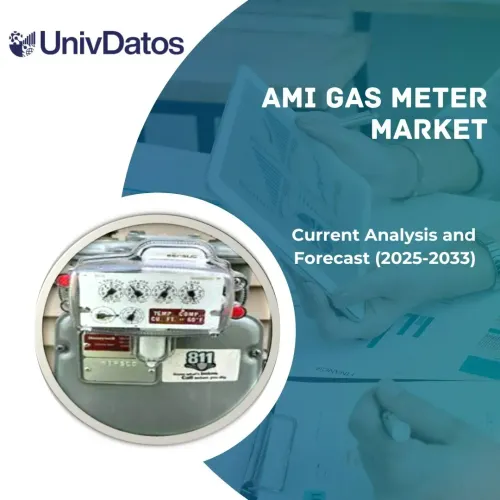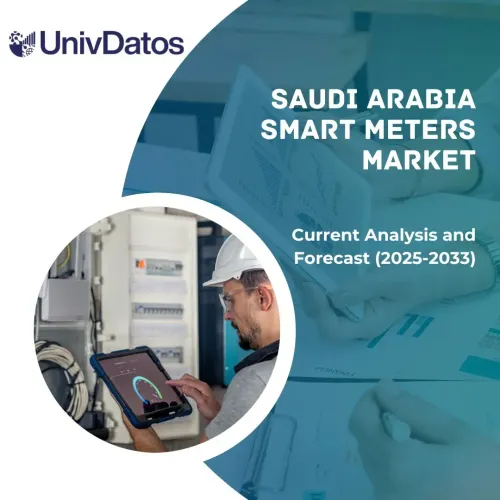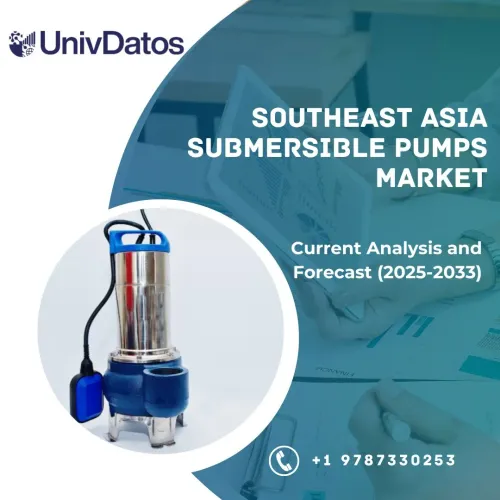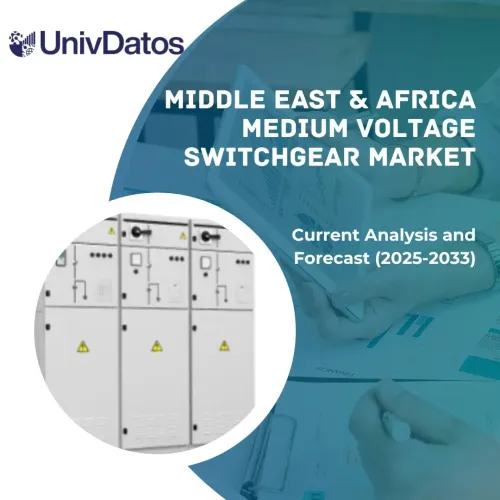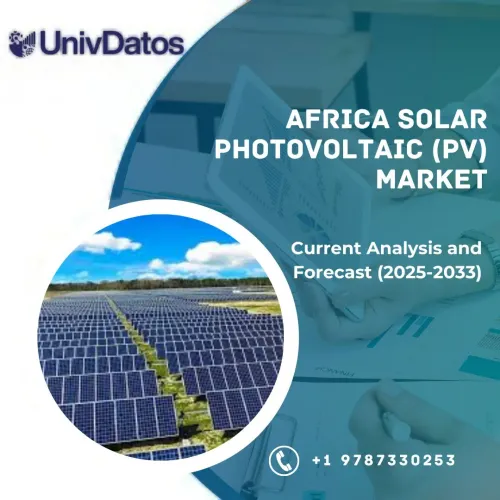- Home
- About Us
- Industry
- Services
- Reading
- Contact Us
Ultraviolet (UV) Disinfection Equipment Market: Current Analysis and Forecast (2021-2027)
Emphasis on Component (UV Lamp, Controller Unit, Quartz Sleeve, Reactor Chamber, Others); Marketing Channel (Direct, Indirect); Application (Water Treatment, Wastewater Treatment, Air Treatment, Food & Beverage Disinfection, Surface Disinfection); End-User (Residential, Commercial, Industrial); Region/Country

Ultraviolet (UV) Disinfection Equipment Market is expected to exceed the market valuation of US$ 11 billion by 2027 by showcasing a CAGR of 14.8% during the forecast period (2021-2027). UVC band ultraviolet light (200-280 nm) is also known as ultraviolet germicidal radiation and is widely used for sterilizing equipment and creating sterile environments. Sensitivity of pathogens having different sensitivities to UV exposure from the highest to the lowest sensitivity include bacteria and protozoa > viruses > bacterial spores > Adenovirus (an exception in from all the other viruses) > algae. UVC lights are also used in food and water industry to inactivate microorganisms. UV-C radiations are being used to treat water since the 1900s and has been proven to be a safe and effective disinfection process for drinking water. Even though there is no direct disinfection by product formed, photo nitration can lead to the production of a range of new nitro organics during the treatment of UV that can form halo nitromethanes if the water is subsequently chlorinated. To deliver the maximum effect of germicidal effectiveness to inactivate microorganisms, Ultraviolet radiation should be emitted at the optimal wavelength of 253.7 nanometer (nm), which is known as ultraviolet germicidal irradiation (UVGI). The germicidal effectiveness decreases with other wavelengths. Thus, high quality UV sterilization lamps are important and effectively deliver the right amount of UV radiation for the desired application.
Key reason for this growth is the recent covid-19 pandemic. After the emergence of the coronavirus in 2019, the infection had spread to more than 213 countries around the world till January 2021. With the fast transit of global travel around the world in today’s age, the spreading of an infectious outbreak across national and international boundaries has become very easy and could occur within days. Many other pandemics like the SARS, Ebola virus, H1N1, bird flu, swine flu have also gripped the world and effected thousands of businesses and people around the world. Pandemics like these are expected to increase in occurrence due to global warming and UV disinfection equipment’s is a good option to eradicate these infections in future. According to the International Ultraviolet Association (IUVA), 254 nm mercury UV lamp can eradicate 99% of the SARS-CoV-2 virus. Since this finding, IV disinfection equipment’s have been installed in schools, airports, hospitals, railway stations etc. around the globe. Hospitals use robots with installed UV lamps for disinfection. For example. Tru-D and Xenex are two robots which can enter empty rooms (between patients) and roam around remotely while emitting high power UV irradiation to disinfect surfaces. In November 2020, the European Union purchased 200 disinfection robots for hospitals across Europe.
Difference Between Decontamination, Disinfection and Sterilization American Ultraviolet, Atlantic Ultraviolet Corporation, Australian Ultraviolet Services Pty. Ltd., Danaher Corporation, Halma Plc, Koninklijke Philips N.V., Kuraray Co. Ltd., Xylem Inc., Severn Trent Plc, and Steris Plc are some of the prominent players operating in the Ultraviolet (UV) Disinfection Equipment market. Several M&As along with partnerships have been undertaken by these players to facilitate customers with hi-tech and innovative products/technologies.
American Ultraviolet, Atlantic Ultraviolet Corporation, Australian Ultraviolet Services Pty. Ltd., Danaher Corporation, Halma Plc, Koninklijke Philips N.V., Kuraray Co. Ltd., Xylem Inc., Severn Trent Plc, and Steris Plc are some of the prominent players operating in the Ultraviolet (UV) Disinfection Equipment market. Several M&As along with partnerships have been undertaken by these players to facilitate customers with hi-tech and innovative products/technologies.
Insights Presented in the Report
“Amongst Component, Controller Unit segment holds the major share”
Based on Component, the ultraviolet (UV) disinfection equipment market is segmented into UV Lamp, Controller Unit, Quartz Sleeve, Reactor Chamber, and Others. Amongst component, the controller unit segment of the market was valued at US$ XX million in 2020 The controller unit controls the overall electrical output of the UV lamp that is used in the UV disinfection equipment and powers the lamp to produce UVC light which is used to disinfect. The intensity of radiations is varied depending on the electrical supply that is offered by the control unit.
“Amongst Marketing Channel, Direct Marketing Segment holds the major share”
Based on Marketing Channel, the ultraviolet (UV) disinfection equipment market is segmented into Direct Marketing and Indirect Marketing. Amongst marketing channel, direct marketing segment accounted for a market valuation of US$ XX million in 2020 and is expected to reach US$ XX million by the year 2027, at a CAGR of XX% over the analyzed period. The key reason for the higher revenue of the direct marketing segment is that it helps seller to reach potential customers. The vast range of UV disinfection equipment nowadays is also a reason for the for the growth of direct marketing.
“Amongst Application, Water Treatment segment holds the major share”
Based on Application, the Ultraviolet (UV) Disinfection Equipment market is segmented into Water Treatment, Wastewater Treatment, Air Treatment, Food & Beverage Disinfection, and Surface Disinfection. The Water Treatment segment is further segmented into Municipal water treatment, Residential water treatment, and Commercial water treatment. The air treatment segment is further segmented into Healthcare facilities, Residential and commercial, and Bio terror agents. The water treatment segment generated revenue of US$ XX million in 2020. This development is due to the recent fast paced industrialization in developing such as India and China which has resulted in large amounts of water and air pollution.
“Amongst End-User, Industrial Segment holds the major share”
Based on end-user, the ultraviolet (UV) disinfection equipment market is segmented into Residential, Commercial, and Industrial. Key reason for the highest revenue in industrial segments is because of its increased use during the pandemic in order to maintain sanitization in public places. UV disinfectants are most commonly used in hospitals to remove bacteria and viruses which cannot be removed by just using chemical disinfectants.
“North America represents one of the largest markets of Ultraviolet (UV) Disinfection Equipment market”
For a better understanding of the market dynamics of the Ultraviolet (UV) Disinfection Equipment market, a detailed analysis was conducted for different regions across the globe including North America (the U.S, Canada, and the Rest of North America), Europe (Germany, France, Italy, United Kingdom, Spain, and Rest of Europe), Asia-Pacific (China, Japan, India, Australia, and Rest of APAC) and Rest of the World. North America dominated the market and grabbed around XX% market share owing to increased pollution in the region.
Reasons to buy this report:
- The study includes market sizing and forecasting analysis validated by authenticated key industry experts
- The report presents a quick review of overall industry performance at one glance
- The report covers an in-depth analysis of prominent industry peers with a primary focus on key business financials, product portfolio, expansion strategies, and recent developments
- Detailed examination of drivers, restraints, key trends, and opportunities prevailing in the industry
- The study comprehensively covers the market across different segments
- Deep dive regional level analysis of the industry
Customization Options:
Ultraviolet (UV) Disinfection Equipment market can further be customized as per the requirement or any other market segment. Besides this, UMI understands that you may have your own business needs, hence feel free to connect with us to get a report that completely suits your requirements.
Table of Content
Analyzing the historical market, estimation of the current market, and forecasting the future market of the Ultraviolet (UV) Disinfection Equipment market were the three major steps undertaken to create and analyze the adoption of Ultraviolet (UV) Disinfection Equipment in major regions globally. Exhaustive secondary research was conducted to collect the historical market numbers and estimate the current market size. Secondly, to validate these insights, numerous findings and assumptions were taken into consideration. Moreover, exhaustive primary interviews were also conducted, with industry experts across the value chain of the Ultraviolet (UV) Disinfection Equipment market. Post assumption and validation of market numbers through primary interviews, we employed a top-down/bottom-up approach to forecasting the complete market size. Thereafter, market breakdown and data triangulation methods were adopted to estimate and analyze the market size of segments and sub-segments the industry pertains to. Detailed methodology is explained below:
Analysis of Historical Market Size
Step 1: In-Depth Study of Secondary Sources:
Detail secondary study was conducted to obtain the historical market size of the Ultraviolet (UV) Disinfection Equipment through company internal sources such as annual report & financial statements, performance presentations, press releases, etc., and external sources including journals, news & articles, government publications, competitor publications, sector reports, third-party database, and other credible publications.
Step 2: Market Segmentation:
After obtaining the historical market size of the Ultraviolet (UV) Disinfection Equipment market, we conducted a detailed secondary analysis to gather historical market insights and share for different segments & sub-segments for major regions. Major segments included in the report as Component, Marketing Channel, Application, and End-User. Further country-level analyses were conducted to evaluate the overall adoption of Ultraviolet (UV) Disinfection Equipment in that region.
Step 3: Factor Analysis:
After acquiring the historical market size of different segments and sub-segments, we conducted a detailed factor analysis to estimate the current market size of Ultraviolet (UV) Disinfection Equipment. Further, we conducted factor analysis using dependent and independent variables such as increasing pollution and population growth. A thorough analysis was conducted for demand and supply-side scenarios considering top partnerships, merger and acquisition, business expansion, and product launches in the Ultraviolet (UV) Disinfection Equipment sector across the globe.
Current Market Size Estimate & Forecast
Current Market Sizing: Based on actionable insights from the above 3 steps, we arrived at the current market size, key players in the Ultraviolet (UV) Disinfection Equipment market, and market shares of the segments. All the required percentage shares split, and market breakdowns were determined using the above-mentioned secondary approach and were verified through primary interviews.
Estimation & Forecasting: For market estimation and forecast, weights were assigned to different factors including drivers & trends, restraints, and opportunities available for the stakeholders. After analyzing these factors, relevant forecasting techniques i.e., top-down/bottom-up approach was applied to arrive at the market forecast about 2027 for different segments and subsegments across the major markets globally. The research methodology adopted to estimate the market size encompasses:
- The industry’s market size, in terms of value (US$) and the adoption rate of Ultraviolet (UV) Disinfection Equipment across the major markets domestically
- All percentage shares, splits, and breakdowns of market segments and sub-segments
- Key players in the Ultraviolet (UV) Disinfection Equipment market in terms of products offered. Also, the growth strategies adopted by these players to compete in the fast-growing market
Market Size and Share Validation
Primary Research: In-depth interviews were conducted with the Key Opinion Leaders (KOLs) including Top Level Executives (CXO/VPs, Sales Head, Marketing Head, Operational Head, and Regional Head, Country Head, etc.) across major regions. Primary research findings were then summarized, and statistical analysis was performed to prove the stated hypothesis. Inputs from primary research were consolidated with secondary findings, hence turning information into actionable insights.
Split of Primary Participants in Different Regions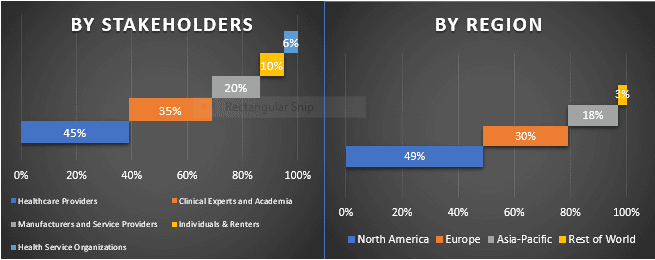
Market Engineering
Data triangulation technique was employed to complete the overall market estimation and to arrive at precise statistical numbers of each segment and sub-segment of the Ultraviolet (UV) Disinfection Equipment market. Data was split into several segments & sub-segments post studying various parameters and trends in the areas of component, marketing channel, application and end-users of the Ultraviolet (UV) Disinfection Equipment market.
The main objective of the Ultraviolet (UV) Disinfection Equipment Market Study
The current & future market trends of Ultraviolet (UV) Disinfection Equipment were pinpointed in the study. Investors can gain strategic insights to base their discretion for investments from the qualitative and quantitative analysis performed in the study. Current and future market trends were determined the overall attractiveness of the market at a regional level, providing a platform for the industrial participant to exploit the untapped market to benefit as a first-mover advantage. Other quantitative goals of the studies include:
- Analyze the current and forecast market size of Ultraviolet (UV) Disinfection Equipment in terms of value (US$). Also, analyze the current and forecast market size of different segments and sub-segments
- Segments in the study include areas of type and their subtypes
- Define and analysis of the regulatory framework for the Ultraviolet (UV) Disinfection Equipment industry
- Analyze the value chain involved with the presence of various intermediaries, along with analyzing customer and competitor behaviors of the industry
- Analyze the current and forecast market size of the Ultraviolet (UV) Disinfection Equipment market for the major region
- Major regions studied in the report include North America (the U.S, Canada, and Rest of North America), Europe (Germany, United Kingdom, France, Spain, Italy, and Rest of Europe), Asia-Pacific (China, Japan, India, Australia, and Others), and the Rest of the World
- Company profiles of the Ultraviolet (UV) Disinfection Equipment market and the growth strategies adopted by the market players to sustain in the fast-growing market
Deep dive regional level analysis of the industry
Related Reports
Customers who bought this item also bought

